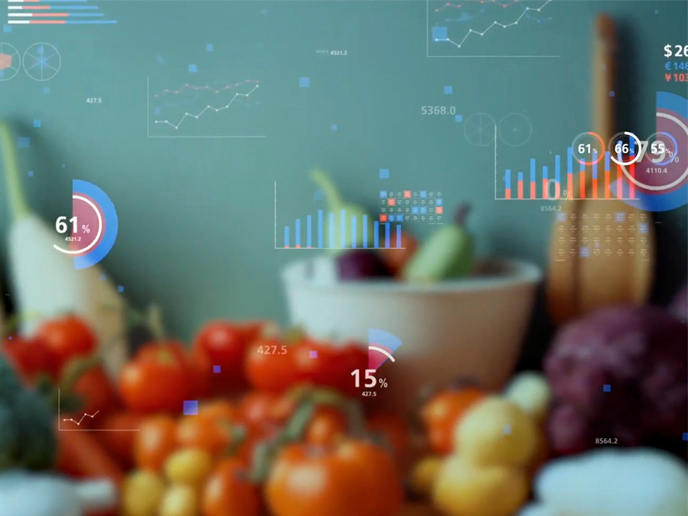A cybersecurity 4.0 framework to protect Industry 4.0 interests
The EU-funded C4IIoT(opens in new window) project has advanced a novel and unified industrial Internet of things (IoT) cybersecurity framework. It can be applied to anticipate, detect and mitigate malicious and anomalous behaviour as well as alert end users. Project work bridges cyber assurance and protection, machine (deep) learning, edge/cloud computing, blockchain and big data technologies to protect evolving IIoT applications and processes. The team has leveraged developments in these fields to protect against cybersecurity threats and data leakages. The framework provides multiple levels of AI and machine learning-based anomaly detection models, and an advanced mitigation engine delivers optimal responses to detected threats in minimal time. “Another distinctive feature of our approach is a flexible anomaly detection tool that adaptively triggers different AI modules at various elements of the overall cyber-physical infrastructure,” says Sotiris Ioannidis, project coordinator. This ensures an optimal trade-off between accuracy and response times, depending on real-time requirements. He adds: “We go a step further and use differential privacy methods so that even in the case of malicious intrusions to the system, the integrity and privacy of the data provider remains intact.”
Real benefits of the solution’s use – and for its production
Ioannidis elaborates: “Our IIoT devices have been mounted on containers and travelled on trucks along real Centro Ricerche Fiat/Stellantis logistic routes across Europe, while continuously sending relevant sensed data (e.g. acceleration, velocity, device status) to our system for monitoring for any faults, intrusions or damages.” The digital transformation motivated the selection of these use cases. “This concept is of paramount importance today and is responsible for changing industry and adapting it to the new concept of connected Industry 4.0” he states. The C4IIoT solution has allowed several benefits in the context of deployment and demonstration. Detailed in the project’s ‘Assessment report and impact analysis’, these include reduced production costs and improvements in equipment efficiency. Ioannidis further notes that “the C4IIoT solution prevented losses of intellectual property, thanks to the continuous monitoring, prevention and response to the cyber risks occurring both in manufacturing plants and logistics operations.”
In the market
As an Innovation Action project, C4IIoT efforts would not be complete without market impact. As Ioannidis explains, “the project opened up opportunities for promising market creation and novel products and services that may be considered in the future.” Examples abound, including synergies with IBM and Infineon together and the introduction of Narrowband-IoT devices for supply chain monitoring. More is available in the ‘Final business model and long-term sustainability report’.
Lasting impact
Project work lives on in related Horizon 2020 initiatives. For example, certain technologies have been integrated in the MARKET4.0 project’s innovation marketplace(opens in new window) and others are being used to monitor logistics routes in the CYRENE(opens in new window) project. The project has also excelled in dissemination and outreach efforts. A list of journal publications includes an article(opens in new window) on work done in collaboration with Horizon 2020 projects CONCORDIA, CyberSANE, I-BIDAAS and SPIDER. In its final year, the project held an info day and hosted a dedicated Spring School 2022.







